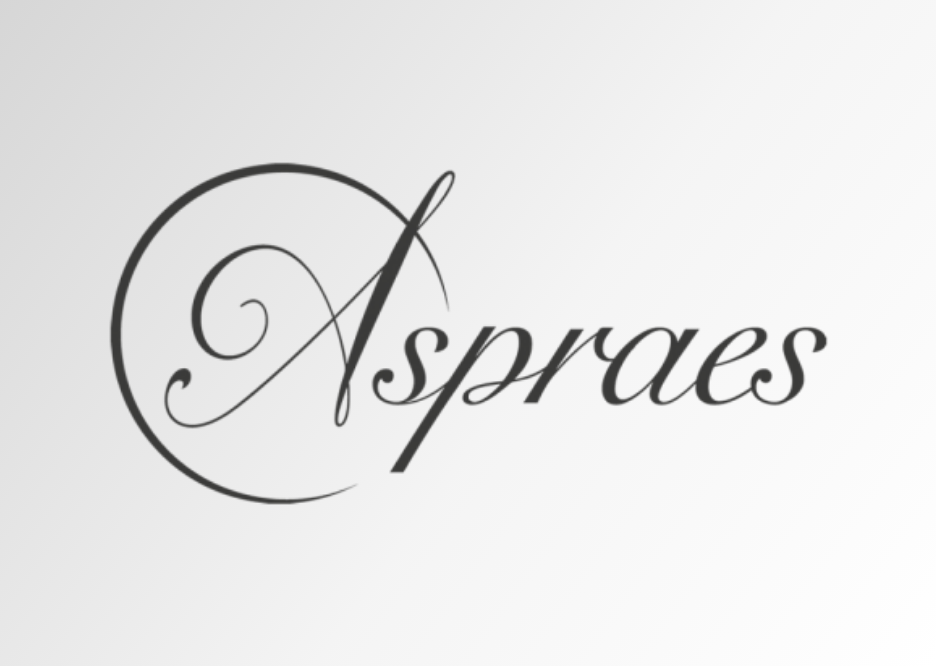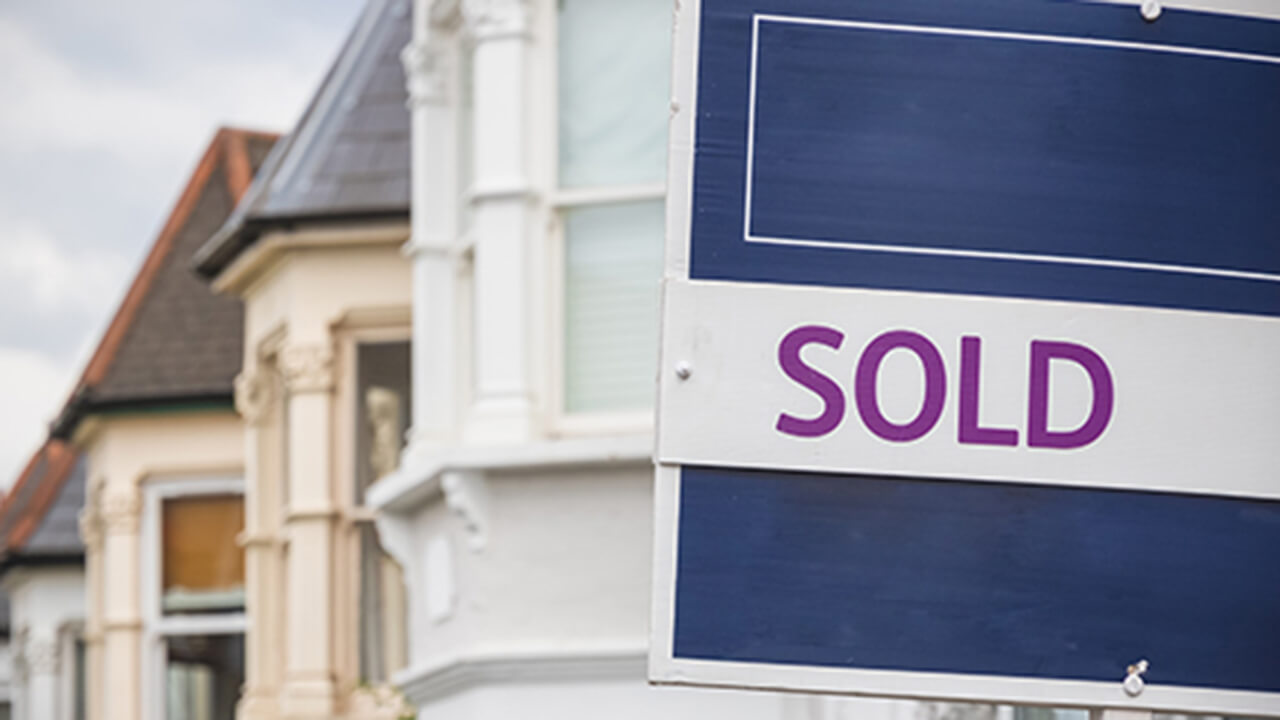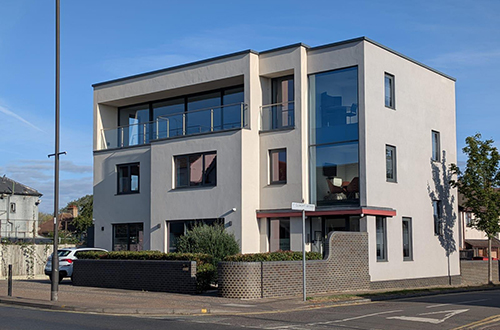You probably won't need to pay Capital Gains Tax (CGT) when selling your main residence because you’ll be entitled to private residence relief. But CGT may be due when you sell a second home or a property that has not been occupied as your main home for the entire period of ownership.
In this article, we explain how Capital Gains Tax works on property that’s not your home. You’ll learn how to calculate what you owe, how to report a gain to HMRC and how to make a payment.
Do I pay Capital Gains Tax and how much will I owe?
You will need to pay CGT if you sell a buy-to-let property or a second home for a profit. The amount you pay depends on your income:
- Basic-rate taxpayers pay 18% on gains
- Higher and additional-rate taxpayers pay 24% on gains
You can make a certain amount of profit tax-free using your CGT allowance. For the 25/26 tax year, the CGT allowance is £3000. Couples can combine their allowances if they jointly own assets, resulting in a relief of £6000, but you can’t carry unused relief over to the next tax year.
Working out your gain is a case of deducting the amount you initially paid for the property from the sales price, and then subtracting your CGT allowance.
Can I reduce my Capital Gains Tax?
You can get tax relief by deducting costs involved with buying and selling the property. These include:
- Estate agents’ fees
- Solicitor’s fees
- Stamp duty
- Improvements you made to the property while you owned it
It is best to seek expert tax advice to minimise your CGT bill as much as possible.
How to report Capital Gains Tax to HMRC
For UK residential property sales, any CGT due must be reported and paid within 60 days of completion. Some conveyancing solicitors and estate agents are still unaware of this requirement or do not inform their clients about the reporting period, so particular care is required.
Non-resident sellers must also declare the disposal of all UK properties within the same reporting periods noted above, even if no tax is payable.
How to declare Capital Gains Tax on a property
The declaration must be made through an online CGT on UK property account, which is a separate system from annual self-assessment tax reporting. Once registered, HMRC will issue a property account reference number, which will be used for all future UK property disposals.
How to pay Capital Gains Tax on a property
Tax due on the disposal can be made by logging into the property account and paying online. HMRC will automatically issue penalties if the reporting or tax payment is late.
Reporting Capital Gains Tax on your tax return
Taxpayers must also report the same gain on their self-assessment tax return for the year and include the amount of CGT they have already paid through their UK property account. If too much CGT has been paid, the overpayment will be used to reduce your self-assessment tax payment due by 31 January. If you have no other tax liability to offset this repayment, you will need to request it directly from HMRC.
If you have disposed of a UK residential property and this has not already been reported to HMRC, please speak to us without delay.
If you have any questions about the above, or would like more information specific to your circumstances, please enter your email address below and we will get in touch:
Related View All













